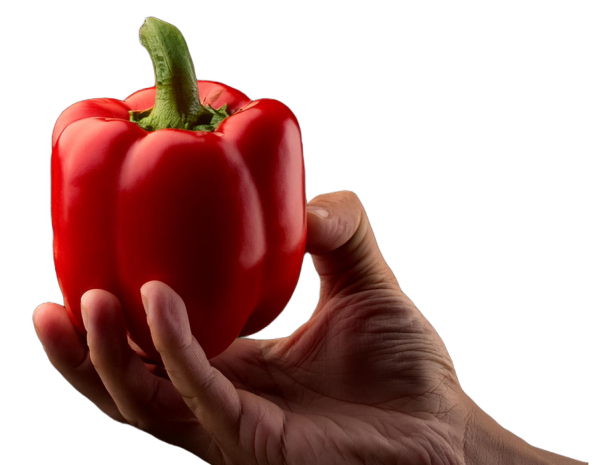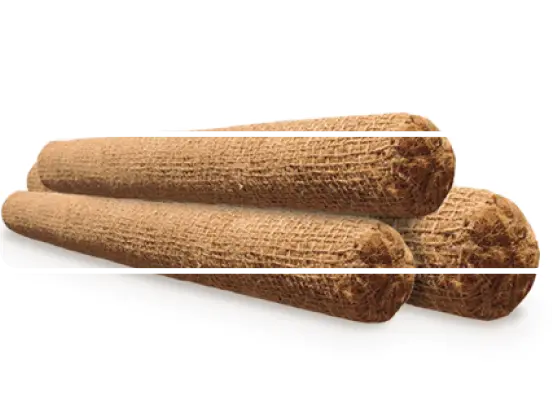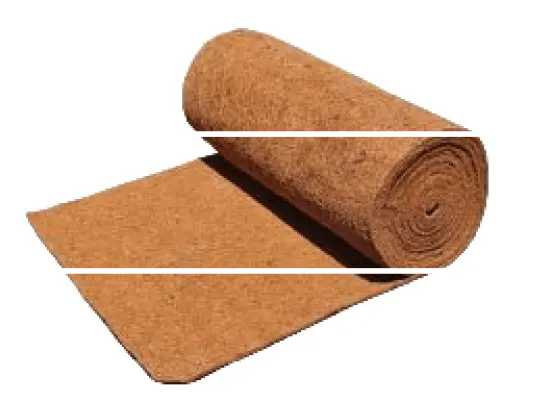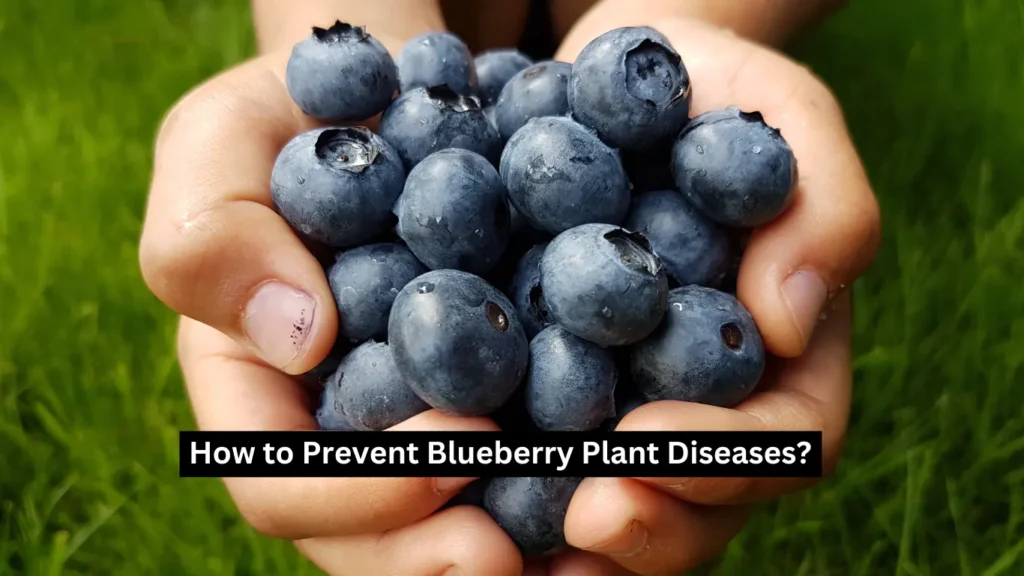
Picture a sunny UK garden where plump, juicy blueberries dangle like nature’s candy, only to get slammed by sneaky Blueberry Plant Diseases that turn those sweet orbs into a droopy disaster—yikes, it happens! Coirmedia’s been swapping stories with growers from backyards to greenhouses, all wrestling with these pesky troubles that hit those beloved bushes. These plants, with their glossy blueberry leaf vibes, face a parade of fungal foes, bacterial bugs, and viral villains that can turn a bumper crop into a sad tale. A farmer once watched a thriving bush wilt to a mysterious rot, only to fight back with some oddball tricks—talk about grit! From spotting the first yellow blueberry leaf to harvesting a healthy haul, let’s tackle these gremlins with gusto!
Blueberry Plant Diseases can transform a lush bush into a wilted wreck quicker than a kid can eat a pie. These troubles creep in via soil, air, or a rogue insect, hitting with wilts, spots, and rots that make growers wince. A gardener lost a whole row to a fungal surge, leaving behind a tangle of droopy branches—heart-wrenching! The UK’s damp winters and warm summers brew a perfect storm for these pests, especially in shaded or waterlogged spots. Fungi like Botrytis and bacteria like Xanthomonas love a soggy welcome, while viruses tag along with aphids.
Coirmedia’s been chatting with folks who’ve seen the worst. These diseases don’t just spoil fruit—they slash yields and dampen spirits. A hobbyist turned a fungal flop into a win, learning that dry roots and good air can save the day. It’s a scrap worth taking, and with smart moves, those blueberries can thrive!
Catching Blueberry Plant Diseases early is like spotting rain before it soaks you—move quickly, and you might dodge the deluge. Watch for yellowing blueberry leaf that sags like a tired hat, a dead giveaway of trouble. A grower noticed brown edges creeping in, a hint of Phytophthora root rot, and jumped into action. Spots on leaves—black, gray, or rusty—are fungal attacks like Anthracnose or black spot on blueberry leaves, spreading fast in wet air.
A farmer once mistook a viral yellowing for sun scorch, only to find aphids spreading a virus—a lesson hard-earned! Check stems and roots; that’s where the culprits hide. Stunted growth or wilting despite wet soil? Time to dig deeper. Sharp eyes can turn a potential loss into a minor bump.
Blueberry Plant Diseases bring a rogues’ gallery of troublemakers, each with a nasty trick. Fungal fiend Botrytis blight coats berries with gray fuzz, thriving in damp shade—a grower’s dread after a rainy spell. Phytophthora root rot turns roots to mush, choking water flow. A gardener battled this, watching bushes droop, only to win with better drainage. Anthracnose dots leaves and fruits with dark sores, spreading like gossip.
Bacterial leaf scorch, caused by Xylella, wilts branches with a scorched look. A hobbyist found this after a hot summer, learning to prune fast. Viruses, hauled by aphids, twist blueberry leaves into mosaic patterns or stunt growth—tricky to catch early. A farmer traced a viral mess to a neighbor’s aphid cloud. Knowing the enemy is the first punch!
Keeping Blueberry Plant Diseases at arm’s length is like fortifying a castle—start solid, and invaders stay out. Good airflow’s the key; space bushes like chairs at a tea party to let breezes dance. A farmer widened rows, dodging a fungal outbreak that hit a packed plot nearby. Water at the base, not the leaves, to keep dampness off—morning drips dry quickly. A gardener used a spout can, avoiding a mildew surge that soaked foliage.
Rotate crops yearly; don’t let blueberries follow other berries where diseases lurk. A grower skipped this and watched wilt sneak in—oops! Sterilize tools with a vinegar-soaked rag. A hobbyist learned this after a dirty snip spread rot. Prevention’s the shield that keeps those blueberries standing proud.
When Blueberry Plant Diseases hit, nature’s got some wild cures. Neem oil’s a grower’s mate, spraying aphids and fungi with a gentle wallop. A farmer misted leaves, stopping a mite raid that threatened berries. Milk and water—half each—fight powdery mildew, leaving a glossy shield. A gardener swore by this, watching spots vanish after a week. Garlic brew, mashed from cloves, repels bugs and bacteria—stinky but strong!
A hobbyist whipped it up, saving a bush from bacterial scorch. Compost tea pumps immunity, poured at the roots to toughen plants. One grower used it monthly, dodging a rot that hit a neighbor’s patch. These home mixes are thrifty, green, and keep the garden grooving.
For gritty Blueberry Plant Diseases, chemicals roll in like a cleanup crew. Fungicide for blueberry plants like captan, hits Anthracnose, sprayed at the first spot. A farmer used it wisely, clearing a leaf blight that loomed large. Copper sprays tackle bacterial scorch, applied with care to avoid buildup. A grower caught rot early, saving branches with a timely dose.
Read labels like a detective—overuse can backfire. A hobbyist burned leaves with too much spray, learning caution. Wear gloves and a mask; safety’s no lark! Rotate products to dodge resistance—mix it up like a cook’s spice rack. Chemicals are a last resort, but they can turn the fight.
Healthy soil grows healthy bushes, and Coirmedia’s got the goods. Start with the Best Container for Blueberry Bushes, filled with a coir mix that drains like a charm. A gardener swapped clay pots for these containers, watching blueberries resist rot. Coir holds water without sogginess, giving roots a happy home. A farmer mixed in peat, boosting growth and dodging wilt.
Check drainage weekly, stagnant water invites trouble. A hobbyist poked extra holes, stopping a fungal creep. Coir’s airy feel fights soil diseases, making it a grower’s pal. With Coirmedia’s containers, those blueberries stand tall against disease foes!
Watering right keeps Blueberry Plant Diseases at bay—too much, and it’s a swamp; too little, and the bushes stress. Drip at the base, keeping leaves dry like a desert rock. A gardener used a hose with a breaker, avoiding a mildew outbreak that hit a sprinkler-fed row. Water in the morning; evening breeds fungi. A farmer learned this, drying leaves before nightfall to dodge rot.
Mulch with pine needles or coir scraps to lock moisture and shoo pests. A grower layered mulch, stopping a blight that soaked bare soil. Prune dead twigs with clean shears, tossing them far off. A hobbyist skipped this, watching disease spread—hard lesson! Care’s the armor that shields those blueberries.
Seasons tweak the Blueberry Plant Diseases game. Spring’s for starting cuttings indoors, avoiding early damp. A grower used a tray setup, dodging a wilt that hit outdoor starts. Summer’s peak time—keep air moving with fans, beating heat-loving fungi. A farmer rigged a breeze, saving a bush from blight.
Fall brings cooler risks—reduce water as growth slows. A gardener eased up, avoiding a rot that hit overwatered beds. Winters for mulching thick—pine straw keeps roots warm. One grower piled it high, harvesting clean berries. Season smarts turn the tables!
Harvest day’s the cheer, but Blueberry Plant Diseases can tag along. Pick when berries are deep blue, using sharp shears to avoid cuts. A gardener plucked with bare hands, spreading rot, clean tools saved the day! Wear gloves to dodge handborne bugs. A farmer learned this, stopping a viral spread from dirty fingers.
Store extras cool and dry; dampness invites trouble. A hobbyist kept berries in an airy crate, avoiding a mushy mess. Share the haul—trade with neighbors, but check first. One grower swapped blueberries for scones, ensuring no disease hitched a ride. Harvest smart, and keep the bounty safe!
Real growers fight back. A city dweller tamed wilt with better drainage, turning a balcony into a blueberry haven. A farmer used coir in a soggy plot, dodging rot and pulling a hefty crop. Another beat leaf spot with garlic spray, saving a greenhouse haul.
Hack: Use a stick to check drainage—push it in, pull it out dry, and you’re set. Another tip? Catch rainwater in a barrel, filtering muck. A grower rigged a tarp funnel, keeping water clean. Try a tin can lid with bleach to sanitize tools—odd but works! A gardener used a sock to dust leaves, stopping mites dead.
Newbies stumble with Blueberry Plant Diseases. Overcrowding invites fungi—space bushes like guests at a fête. A gardener crammed rows, getting a wilted mess. Waterlogging’s a pitfall—check drainage holes! Skipping rotation spreads disease; switch crops yearly.
Forgetting to feed? Bushes weaken. A hobbyist ignored nutrients, watching rot creep in—oops! Start small, tweak fast, and mastery is in reach.
Want to go wild? Try these zany tricks:
Soil’s the backbone, and Coirmedia’s coir mixes add grit. Blend coir with peat and sand for drainage that’s ace. A gardener swapped heavy soil for this mix, watching bushes resist disease. Add sulfur to lower pH—blueberries love it acidic. A farmer tweaked the soil, dodging a rot that hit alkaline beds.
Check moisture weekly, too wet invites trouble. A hobbyist adjusted watering, saving a patch from blight. Coir’s natural shield fights Blueberry Plant Diseases, keeping fruits plump!
Long-term care beats Blueberry Plant Diseases. Refresh the soil yearly with new coir. A farmer rotated beds, avoiding a wilt that lingered. Clean tools after each snip—rust spreads rot. One grower scrubbed shears, keeping a bush clean.
Blueberry Plant Diseases challenge every grower, but with Coirmedia’s help, triumph’s in sight. From the Best Container for Blueberry Bushes to smart soil mixes, tools abound to win this fight. From spotting signs to harvesting hauls, it’s a journey worth the effort.

Mathew is a product designer and engineer at Coirmedia, where he combines his passion for sustainability with his design and engineering expertise. He develops innovative coir products that are not only functional but also eco-friendly. Driven by a desire to share his knowledge, Neil is passionate about writing and teaching, aiming to educate others about his ideas, innovations, and the technology behind them.
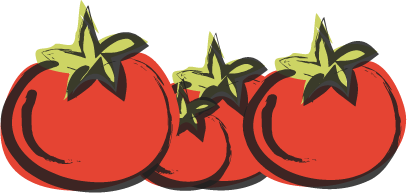
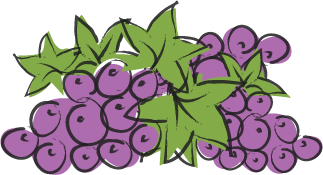
CoirMedia (UK) Pvt. Ltd
85 Great Portland Street,
First Floor, London,
United Kingdom

